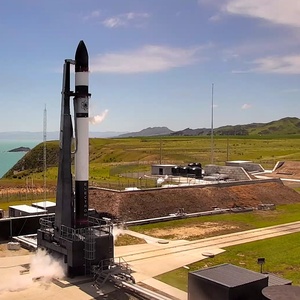"Return to Sender" will loft 30 satellites to a sun-synchronous orbit at 500 km altitude for a range of customers, including TriSept, Unseenlabs, Swarm, Te Pūnaha Ātea - Auckland Space Institute, and global gaming software company Valve. The satellites span a range of operations, from TriSept’s tech demonstration of new tether systems designed to accelerate spacecraft reentry and reduce orbital debris, through to the next generation of maritime surveillance satellites for Unseenlabs, as well as communications satellites for Swarm. The mission will also deploy New Zealand’s first student-built satellite, the APSS-1 satellite for Te Pūnaha Ātea - Auckland Space Institute at The University of Auckland. The DRAGRACER mission will test the effectiveness of new tether technologies designed to accelerate spacecraft reentry and reduce orbital debris at the conclusion of space missions. TriSept has completed the integration of a pair of qualified Millennium Space Systems 6U small satellites, one featuring the tether drag device and one without. The controlled spacecraft should deorbit in approximately 45 days, while the second spacecraft is expected to remain in orbit for seven to nine years. BRO-2 and BRO-3 are the second and third satellites in French company Unseenlabs’ planned constellation of about 20 satellites dedicated to maritime surveillance. Swarm will launch the latest 24 1/4U SpaceBEE satellites to continue building out its planned constellation of 150 satellites to provide affordable satellite communications services to IoT devices in remote regions around the world. The student-built Waka Āmiorangi Aotearoa APSS-1 satellite is designed to monitor electrical activity in Earth’s upper atmosphere to test whether ionospheric disturbances can predict earthquakes. Extra payload on this flight is a 150 mm 3D printed Half-Life Gnome Chompski. Created for Valve Software's co-founder Gabe Newell by design studio Weta Workshop, it serves as an homage to the innovation and creativity of gamers worldwide, and also aims to test and qualify a novel 3D printing technique that could be employed for future spacecraft components. Gnome will remain attached to the Kick Stage and will burn up on reentry. Besides payloads, this flight will also serve as a test of Electron's reusability. Rocket Lab will attempt to bring Electron’s first stage back to Earth under a parachute system for a controlled water landing before collection by a recovery vessel.
Electron is a two-stage orbital expendable launch vehicle (with an optional third stage) developed by the American aerospace company Rocket Lab. Electron is a small-lift launch vehicle designed to launch small satellites and cubesats to sun-synchronous orbit and low earth orbit. The Electron is the first orbital class rocket to use electric-pump-fed engines, powered by the 9 Rutherford engines on the first stage. It is also used as a suborbital testbed (called HASTE) for hypersonics research.
See Electron Details
Rocket Lab successfully landed the Electron booster via parachute as part of the 'Return to Sender' launch.
Result: Successful Parachute Landing landing at South Pacific.
Rocket Lab is an American aerospace manufacturer with a wholly owned New Zealand subsidiary. The company develops lightweight, cost-effective commercial rocket launch services. The Electron Program was founded on the premise that small payloads such as CubeSats require dedicated small launch vehicles and flexibility not currently offered by traditional rocket systems. Its rocket, the Electron, is a light-weight rocket and is now operating commercially. The company is also producing a variety of spacecrafts and spacecrafts components.
INFO WIKI"Our team has already started working on upgrades for future recovery missions."
Rocket Lab says its attempt to recover the first stage from its latest Electron launch was a “complete success,” but that the company still has work to do before it’s ready to attempt to reuse the stage.
Rocket Lab says the first stage of its Electron launcher splashed down under parachute in the Pacific Ocean off New Zealand after firing into space with 30 small satellites Thursday, becoming only the second private company to return an or…
Rocket Lab launched its Electron rocket Nov. 19, placing nearly 30 smallsats in orbit while making its first attempt to recover the rocket’s first stage.
Rocket Lab is preparing to launch its sixth mission of 2020 — a launch which the company calls its “most diverse mission yet,” with 30 satellites onboard and a launch broadcast that will raise money for the Paediatric Intensive Care Unit a…
A batch of satellites for the Starlink mega-constellation - SpaceX's project for space-based Internet communication system.
A batch of 23 satellites for the Starlink mega-constellation - SpaceX's project for space-based Internet communication system.
Commercial Earth observation satellite built by CAST for China Siwei Survey and Mapping Technology Co. Ltd, with 0.5 m resolution over 9 image wavele…
A batch of 23 satellites for the Starlink mega-constellation - SpaceX's project for space-based Internet communication system.
First Weather System Follow-on (WSF) satellite. WSF-M (Weather System Follow-on - Microwave) is the next-generation operational environmental sate…
First test launch of the Angara A5 launch vehicle from the Vostochny Cosmodrome. The rocket will carry a mass simulator payload.
A batch of 23 satellites for the Starlink mega-constellation - SpaceX's project for space-based Internet communication system.
Classified payload for the NRO. Last flight of the Delta IV Heavy rocket.
Dedicated rideshare flight to a mid-inclination orbit with dozens of small microsatellites and nanosatellites for commercial and government customers…
A batch of 21 satellites for the Starlink mega-constellation - SpaceX's project for space-based Internet communication system.